-
Posts
730 -
Joined
Content Type
Profiles
Forums
Store
Downloads
Recruiting - 2020
2019-2020 Football Season
Football
Entertainment
Sports
News and Business
Cloak Room
Transfer Portal
Recruiting
Events
Posts posted by Damor
-
-
Oof. I haven't brewed anything since last year, but I know family will be disappointed if I don't have the usuals available for Thanksgiving. Went to the Austin Homebrew site to order stuff and it's gone to complete shit, including the prices. I've started saving the PDFs of their good recipes while they're still available (though you can't order the kits anymore).
I guess Great Fermentations or MoreBeer are supposed to be good to order from, any thoughts? -
10 minutes ago, Funk Doctor Spock said:
It's ULM, but he might. I'd like to see him castrate Miss St

-
 1
1
-
-
44 minutes ago, BrazilHorn said:
Fuck that. Jeff Lebby's rape enabling ass is their HC, I hope Florida hangs 100 on them
My wife went to State, so I've always kept an eye on them and pulled for them, which was all the more fun with Leach there.
I was disgusted that they hired that piece of shit, and I wish him such spectacular and gratuitously horrific failure that he's fired on the field after their last game, if not earlier.
-
 1
1
-
 2
2
-
-
33 minutes ago, immamac said:
You will be able to apple play or Chromecast to your smart TV from our stream.
Now figure out how to overlay the radio broadcast instead of Lowell and watch the monies pour in.
-
When you get the web version all ironed out the way you like it, this would make a really awesome phone/tablet widget.
-
- Popular Post
- Popular Post
4 minutes ago, scottsins said:
What would be the medical diagnosis that would cause a person to be injury prone?Osteogenesis imperfecta (Lobstein syndrome), hemophilia (Christmas disease), and Hereditary Hemorrhagic Vaginal Friability (Liucci complex)
-
 2
2
-
 3
3
-
 10
10
-
1) I rarely get to go to games these days, but I responded to the survey that I thought it was a vast improvement that Bob Cole was relegated to the band only, but that the band didn't deserve that kind of punishment. They responded, "We have shared your feedback regarding Stadium PA with our gameday staff, we have identified our challenges and we are committed to working to improve the fan experience for all of our guests," so at least they have chatGPT composing email followups.
2) All this talk about stadium exit and re-entry reminds me of the very old days where you got a "pass out check" to show with your stub when you came back in. When I was but a wee lad, it was just me and my grandfather suffering through Fred Akers together in Sec 105. The only time I ever remember leaving a game early was sometime at the nadir of the Jackie Sherrill era when we were getting drubbed in the 4th. Whilst we were walking past the LBJ fountain from the stadium, a couple of blonde girls walked up and asked him if they could have our ticket stubs and pass out checks to get in. He handed them off, and as we walked away I scolded in a hushed tone, "Gramp, how could you do that? Didn't you see their shirts? Those were Aggies!" He looked at me and responded, "Hell, I wasn't lookin' at what was on their shirts, I was lookin' at what was under 'em." Right then and there I had my first Wonder Years needle drop moment.
First thing I remember
Was asking Papa, "Why?"
For there were many things I didn't know
And Daddy always smiled
Took me by the hand
Saying, "Someday you'll understand"-
 4
4
-
-
Quote
In the aftermath of Southern Cal's dynasty crashing nearly 20 years ago, the league has claimed 13 national titles in 18 years.
Wonder what happened there?
QuoteThat would be a permanent marker in Texas football history; one that Longhorns fans would never forget.
I guess we could find a place for it on the wall next to final SWC champs/first Big 12 champs and the moldering scalp of Nebraska's relevance.
Now I am become Texas, the destroyer of conferences. -
I've donated a couple older vehicles which weren't worth the expense of fixing or the hassle of selling. It's been a few years, but my experience was pretty simple.
The FMV thing got changed a few years ago, and you'll now get a deduction only for what it sells for at auction. So the days of donating a total POS for an cushy $5k deduction are gone, unless you just want to avoid the hassle (it really is simple). Mine both brought well less than that at auction, but I was fine with getting them out of my driveway and at least a meager donation to something I love (KUTX in this instance). I'm pretty sure, BTW, that most of the donation programs just contract the process out to a handful of companies that do the actual pickup and auction process, so just pick a decent cause. Maybe @immamac should sign up for this and offer you a free mousepad or koozie on top of it.
I didn't look into finding anyone who would fix it and donate it to someone in need, but I would guess that if you're not enthusiastic about the hassle of repairs, it's going to be hard to find any organization that is either. If that's important to you, I wonder if you could find an auto shop program at a disadvantaged high school that would be interested in taking it on as a student project, although I have no idea if that would come with a tax deduction. Maybe you could talk Southlake into naming an athletics ice bath after your family, or you could get your practice logo on a metal detector at Carter.
I think the obvious answer here is to sell it to the service writer's buddy for tree-fiddy, then add another level to your next fusion and make up the difference. 😜
-
 1
1
-
-
15 minutes ago, ousux said:
So the Longhorn showdown is not only sponsored by an aggy company, but also one that does aggy NIL deals? Not sure how excited I should be..
It Just Means More™... to them.

-
 3
3
-
-
- Popular Post
- Popular Post
Damn. Sucks to try to follow that, but I did promise follow-up on our first-time trip to the Smokies.
We didn't have a whole lot of luck, but neither of my boys nor I cared. It was phenomenally beautiful and just felt like we were blessed to be wading those streams, whether we caught anything or not (factor in that I suck at fly fishing). Gratuitous photos to follow:

The place we stayed was on the Nantahala river, which was beautiful and away from all the tourist garbage. Recommended. They let water out of the dam throughout the day, so the better wade fishing is in the morning or later evening. Only on the way out did we drive by the upstream section of the river below the dam, which looks like it might have been better fishing. Oh well, next time.
We did catch a few browns here, not huge but tons of fun, especially since we caught them on some of my earlier (and uglier) attempts at tying some elk hair caddis and brassie nymphs:
We spent one morning fishing Noland Creek in the park just outside of Bryson City:
Had a great time despite not catching anything. I know there's fish in there, though, because as we were leaving one of our guides from earlier on the trip was pulling up. I told him he was welcome for us leaving him all the fish.
I didn't (and honestly still don't) know a ton about the GSMNP, but it's basically bisected by Hwy 441, which runs along a branch of the Pigeon River on the TN side and the Oconaluftee on the NC side. We thought it was weird that we only saw three other fishermen out there the whole time. Found out from our guide later that most people stick to the larger stocked rivers instead of chasing tiny brook trout in little pools with overhanging branches. Don't care, fished it anyway and wouldn't trade it for big fat stockers.
This was my best effort, and I was plenty proud of it:
My younger son caught this wild brookie as the last fish of the trip (his brother yelled at him for lipping it, but he didn't have his net):
So now about our guide. Based on a local recommendation rather than the Google algorithm, we went out with Mac Brown. Holy shit, this guy was phenomenal. At this point we've been out with a good number of guides, and fortunately never had a bad one, but Mac set a new standard. We learned more in one day with him than in all our other instruction combined (and a lot of it quite contrary to previous teaching). The guy is a complete madman genius and a total blast to hang around with, knows everybody in or adjacent to the industry, and is one of those folks who you suspect might be mostly full of shit -- until he starts talking about something more in your wheelhouse, and you realize he actually knows a fuckton about everything (he was describing to my younger one how to do a better hookset in the context of the evolution of the mammalian brain and myelination pathways of the limbic system). We've never had more fun catching so few fish, and this experience will make every day of fishing afterwards better because of what we learned. I cannot say how much I loved this guy.
When we met him and were unpacking our gear, I knew we were in for a fun day when he about shit himself that we brought fiberglass rods (we usually fish smaller stuff here at home). My prized rod is a custom Epic 4wt from New Zealand my wife got me for our anniversary, that I know I've mentioned on this site before. When I put it together, he said, "Aw hell, I know the guy who started that company! Let's take a picture of it with us and I'll send it to him!" He proceeded to regale us throughout the day with tales of multiple insane escapades including helping with the manhunt for the 1996 Olympic Bomber. It was like getting fly fishing lessons from Bill Brasky.
Anyway, this post has been waaaaaay too long, but suffice it to say it was a fantastic experience despite the few fish we caught. Each one was a treasure. This was a particularly emotional trip for me, as my older one is in college now and my younger is a HS Jr, so this is the age where they are growing into men, and I feel so blessed that we can share these experiences and a common interest in being terrible fly fishermen, both now and over the years to come when they will become competent and I will still suck.
It was also particularly meaningful to me since, as I know I've mentioned on other Cormac McCarthy threads, that his book The Road holds a special place for me and my relationship with my boys. I know I've also mentioned that my aforementioned prized rod bears an inscription taken from the book. Part of that story was set in this region, particularly that highway alongside which we caught wild brook trout, and it was in the back of my mind for the entirety of the trip, in particular the closing paragraph, which reads:
"Once there were brook trout in the streams in the mountains. You could see them standing in the amber current where the white edges of their fins wimpled softly in the flow. They smelled of moss in your hand. Polished and muscular and torsional. On their backs were vermiculate patterns that were maps of the world in its becoming. Maps and mazes. Of a thing which could not be put back. Not be made right again. In the deep glens where they lived all things were older than man and they hummed of mystery."

-
 8
8
-
 6
6
-
Took my boys on a guys trip to the Smokies, had never been. Some selections, more in the fishing thread with inane commentary.


This feels worlds away from Hwy 441 despite it being 20 yards uphill.

Nantahala River

Noland Creek

Proprietor of Tommy's Paradise Mixology and Restaurant, featuring the swan song of $0.25 wings that night. Far out, man.-
 1
1
-
 6
6
-
-
Given CDC's creativity and cleverness, I'm thinking it will be some kind of hybrid co-branding, with the victorious sponsor getting the headlining spot.
Howler Bros. when Texas wins, Carhartt if aggy does. -
Thanks. The owner of the Airbnb we're renting from is an actual local, and based on his strong recommendation, we're going out with Mac Brown. Scares me to death.
Will report back.-
 1
1
-
 1
1
-
-
OK, I know I've been all over the damn place with questions, but I finally committed to taking the boys to the NC side of GSMNP the first week of August, staying near Bryson City. We've never been to the area.
Anybody used a guide there that they love? Bryson City Fly Shop seems to be the big dog. I like the look of either their Backcountry Brookies or Hazel Creek wade trips, as I'd prefer to GTFO for some peace and quiet (inasmuch is possible with two teenage boys). They seem a bit unique in that they do only 2 anglers per guide max. That would substantially increase the cost, but when have I ever made financially sound decisions when it comes to fishing? And that would probably increase the boys' fun factor since they'd each have a guide to work with (I'm a lost cause).
Any other tips on the area are quite welcome. I'm usually the type to plan out vacations a year in advance, so flying by the seat of my pants here is a bit new for me. -
Thanks, y'all. Didn't pull the trigger this time, but will file away for future use.
-
 1
1
-
-
Schloßenfreude, IMO
-
 1
1
-
 6
6
-
-
If you will it, it is no dream.
-
Bump, if I missed a more recent thread, then muledick.
Considering a last minute trip down there this week with my teenage boys, look for a fly fishing guide for a day or two and let them goof around.
It's been so long since I've been that I'm functionally a noob. Recs on a place to stay or look at an Airbnb somewhere in particular? My wife is sitting this one out so it doesn't have to be the elitest of the SPI elite, just room for me and two large teenage humans (I guess I'll get the sofa bed). Proximity to a good beach bar for my sanity is a plus and worth paying for.-
 1
1
-
-
Appreciate it. Sounds like that's a better trip for another time. This is why I'm much better overplanning a year out than scattershooting. I'll try to find something else for a spontaneous trip.
Any guide recs out of Padre or Port Isabel? I could deal with that.
16 minutes ago, Pescado_Rojo said:Making your first saltwater fly fishing trip a permit fishing trip is like deciding you want to try golf and buying clubs a Dick's on the way to a US Open Qualifier.
Well, yeah, but it's my Dad job to make them hate all the things I love.
-
Yeah, that sounds like something I would rather do psycho-level planning on. I probably didn't express well this is more like a day of fishing and a couple days bumming around, and not particularly chasing a target. A quick getaway and decompress from working way too hard kind of thing.
-
This is way out of character for me as a psychotic vacation pre-planner, but I ended up with some time off and wanted to do something with my yahoo teenagers. I've never been saltwater fly fishing, and have never been to the Keys. Been perusing this thread and the site (BTW, fuck you KKL for making Key Largo search worthless), and looks like Islamorada might be our speed.
I saw the rec for Bud N' Marys, is that the go-to? It looks like several of their skiff guides will take three fishermen, but I'm not sure how well that works with fly fishing. Any thoughts on particular trips? I guess it's probably too ambitious for n00bs (and impatient teenagers) to chase bonefish on the flats, although I'd be just as happy standing out there casting all day myself.Any thoughts on places to stay, getting there, etc.? Is this a reasonable last-minute idea (as in next week), or would it be better to push it to my time off in August (and then go psycho planning every detail)?
-
I'd say don't sweat it. We sent my son off to school in Colorado, and his registration expired last October. We just renewed it a couple weeks ago when he came home for the summer.
He even got pulled over for it when he first came back and the cop just laughed when he explained itthen shot his dog and murdered us all.-
 1
1
-
-
@BearSchlong I'm sure there will be things closer and more convenient to the Springs, but if he ever wants to fish the Arkansas, we've been out with ArkAnglers multiple times. They have offices in Salida and Buena Vista, either of which is probably a little over 2hrs away. My family and I went out for our first time with Stuart, who was a great teacher.
If you want to jump in feet first, they offer instructional classes as well as a half-day instruction wade followed by a full-day float the next day. That would make for a great father/son weekend trip to Salida, stay at the Amigo Motor Lodge in one of their Airstreams. Just sayin'.
Uggghh... I need to be standing in a cold mountain stream....-
 2
2
-
 1
1
-




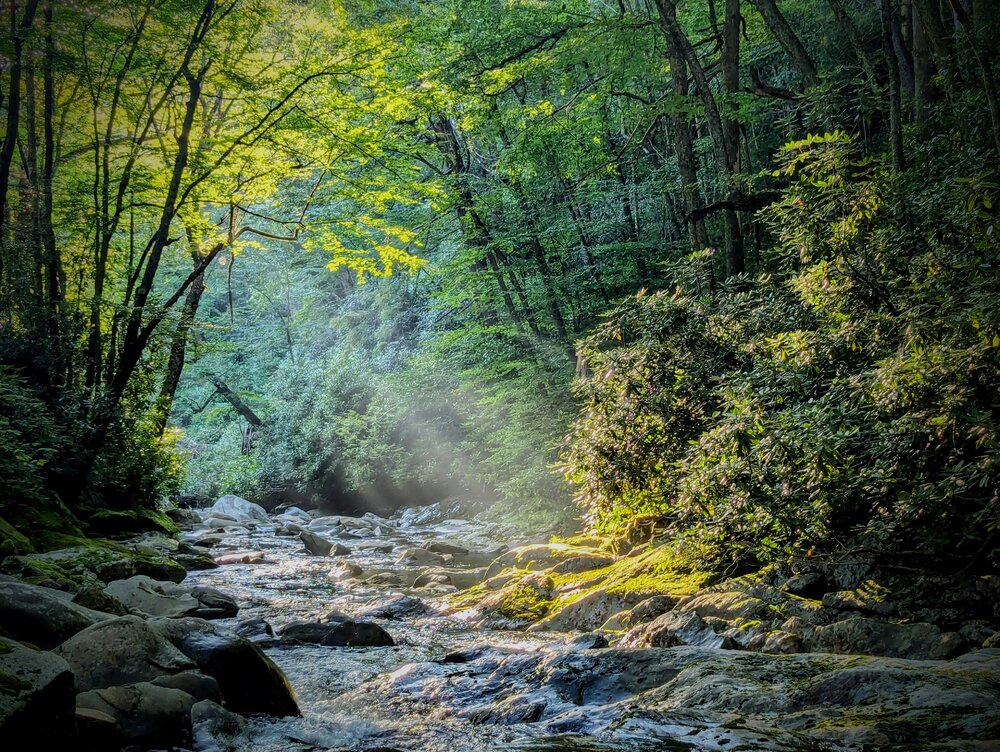
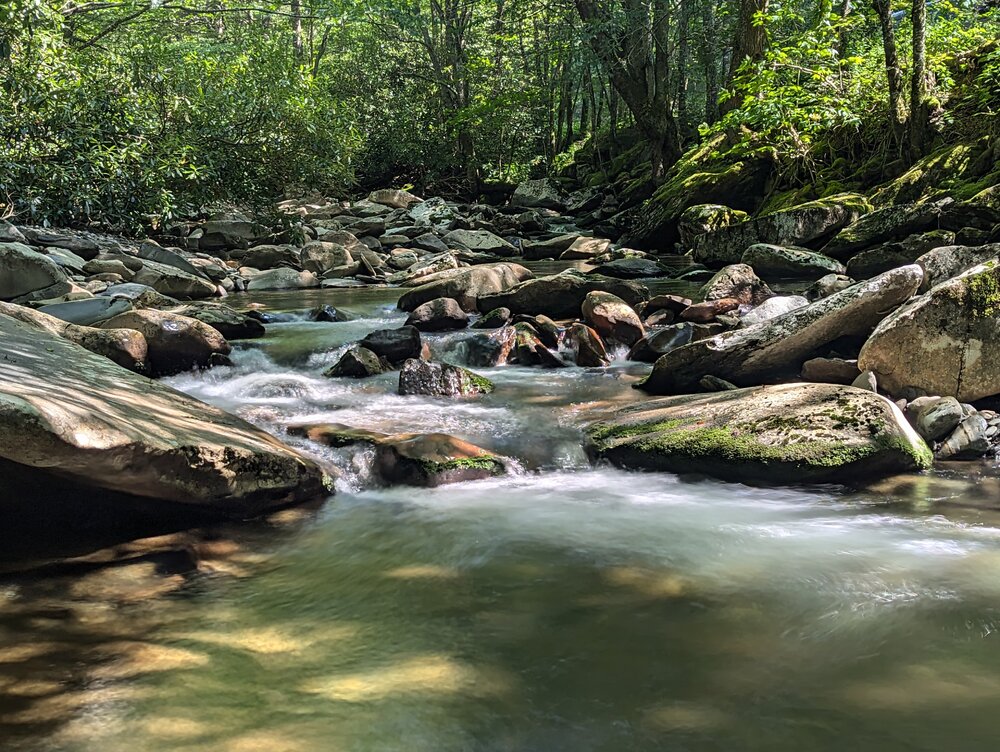
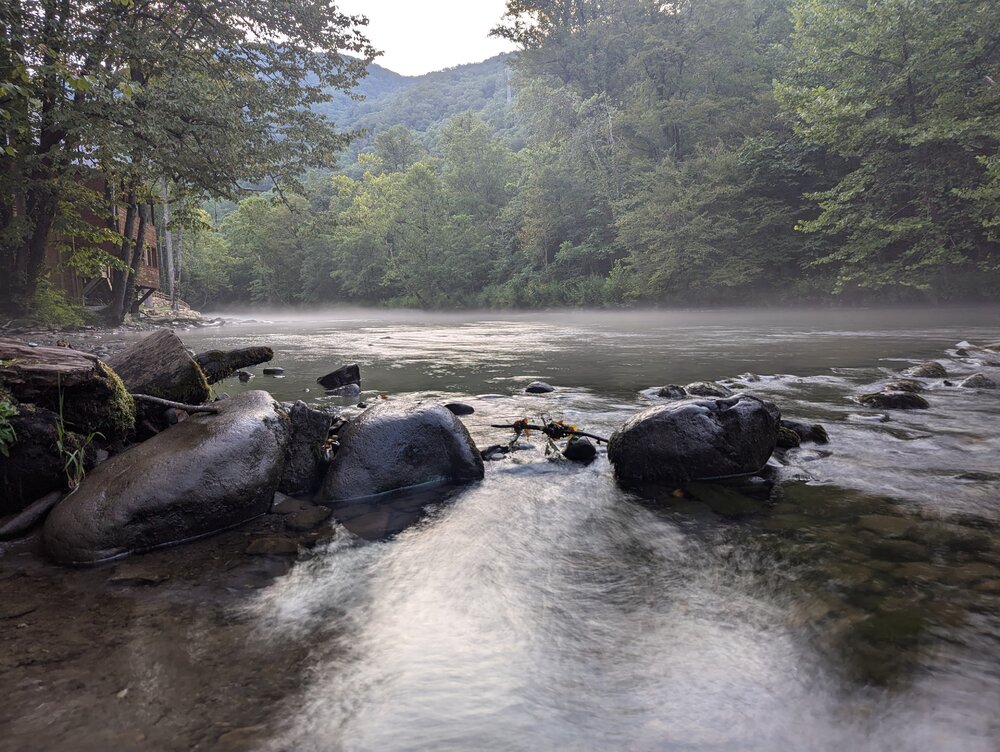
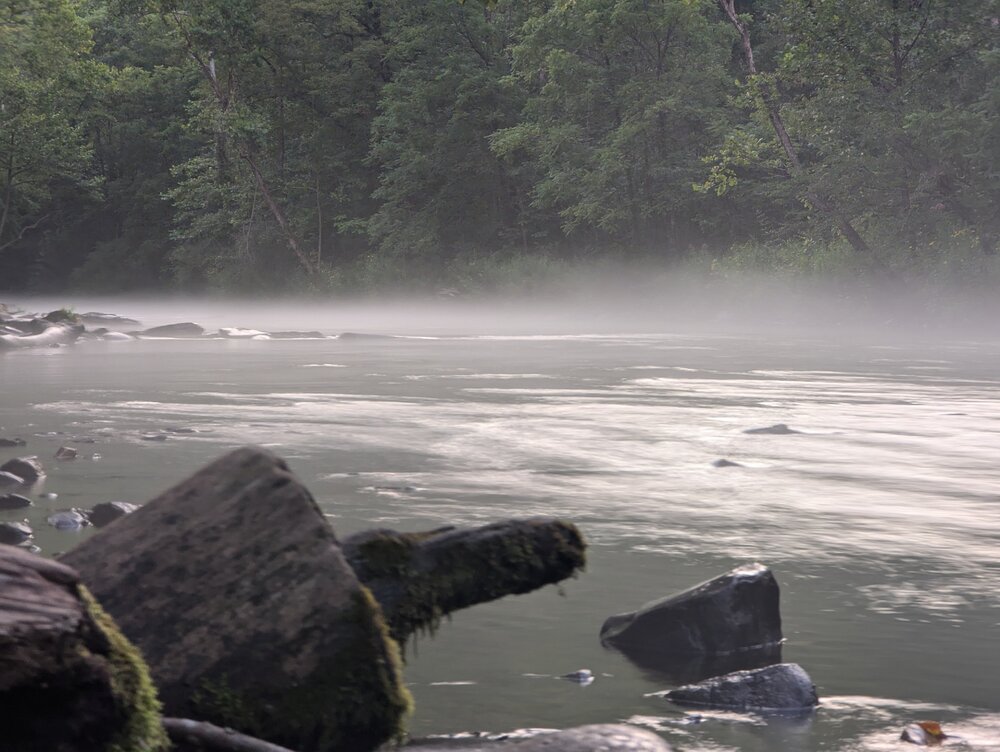
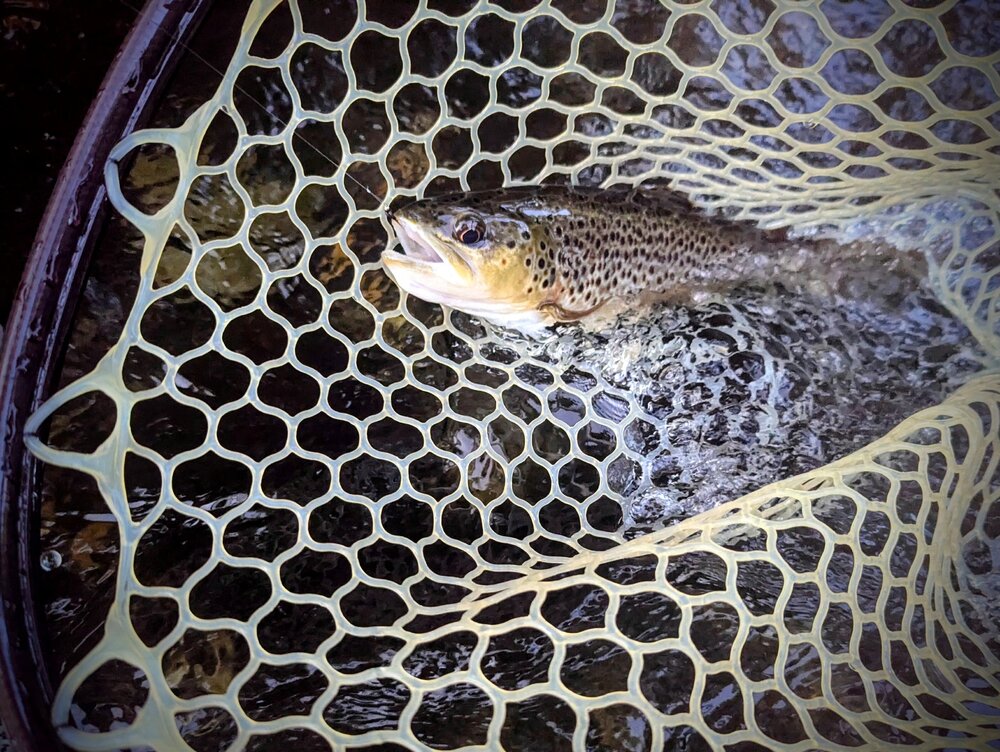
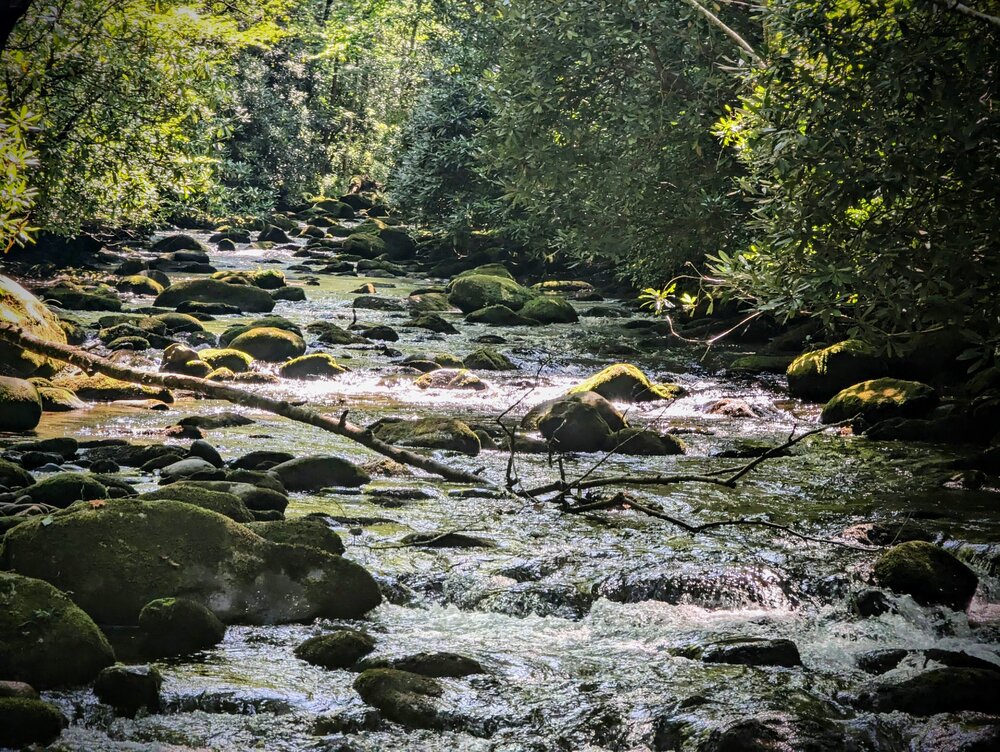
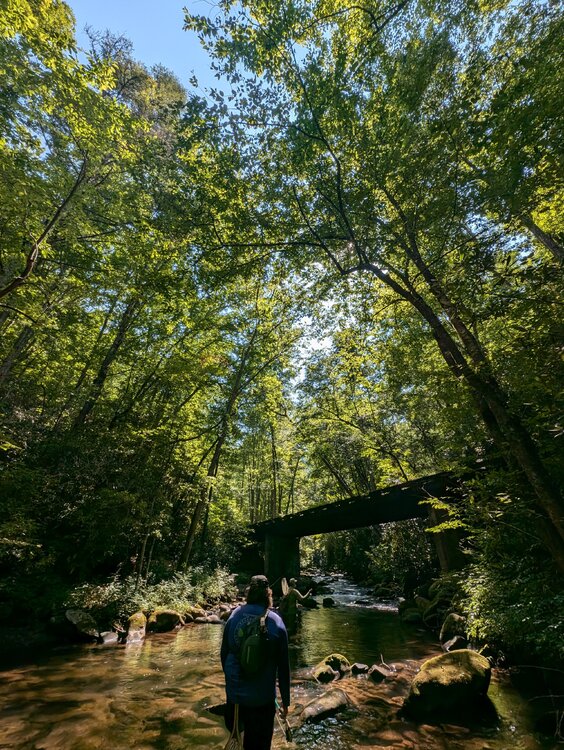
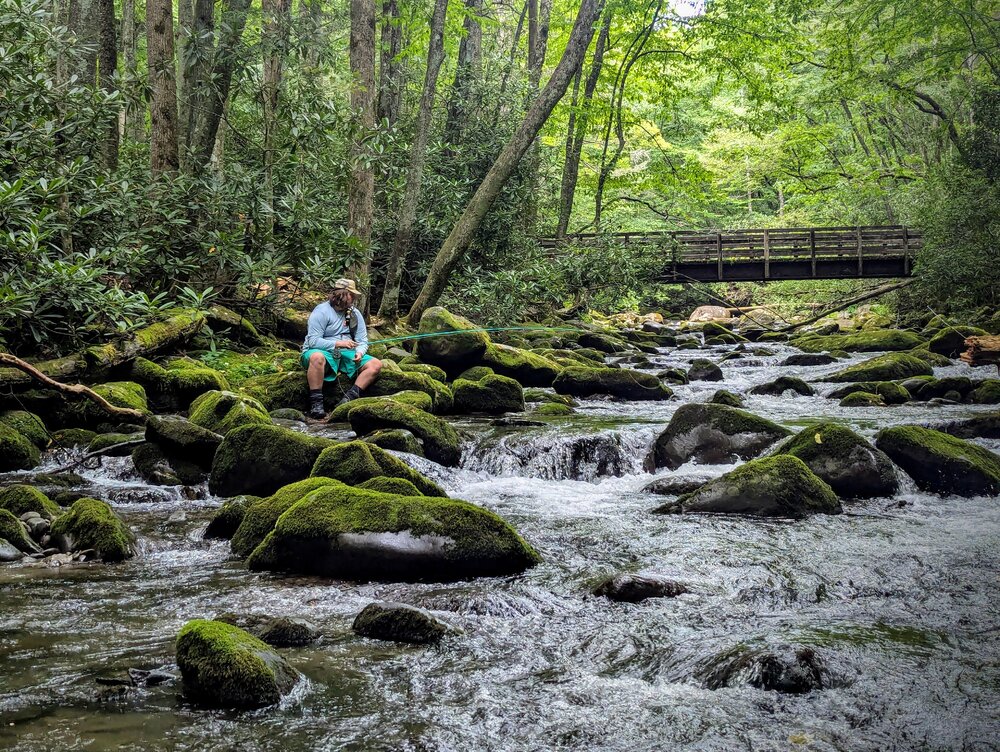
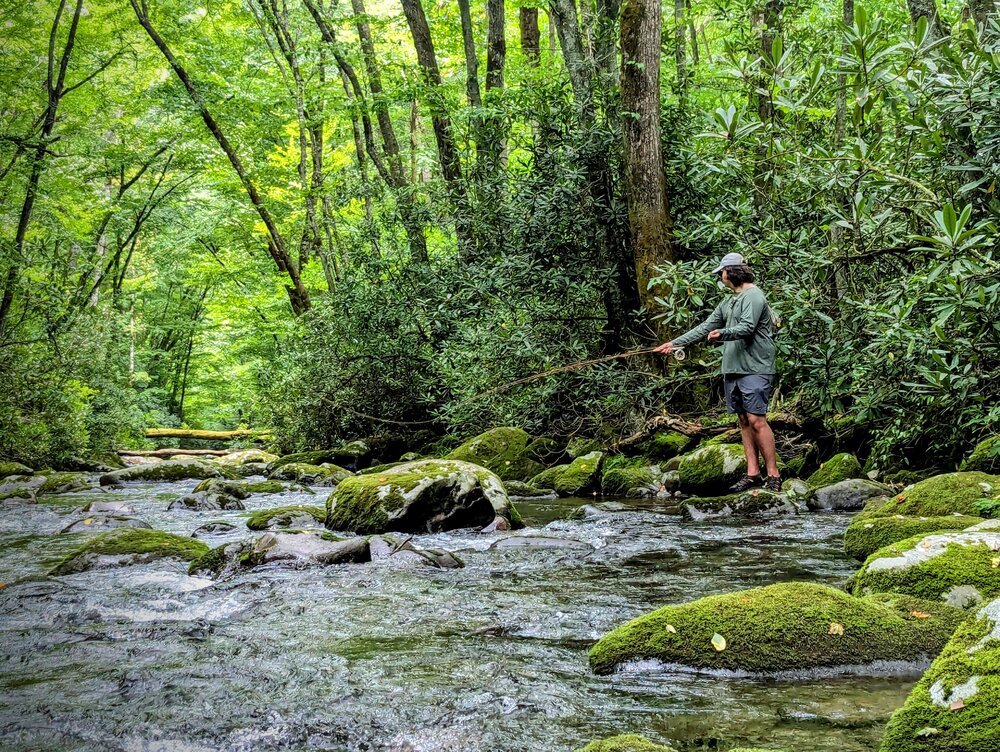
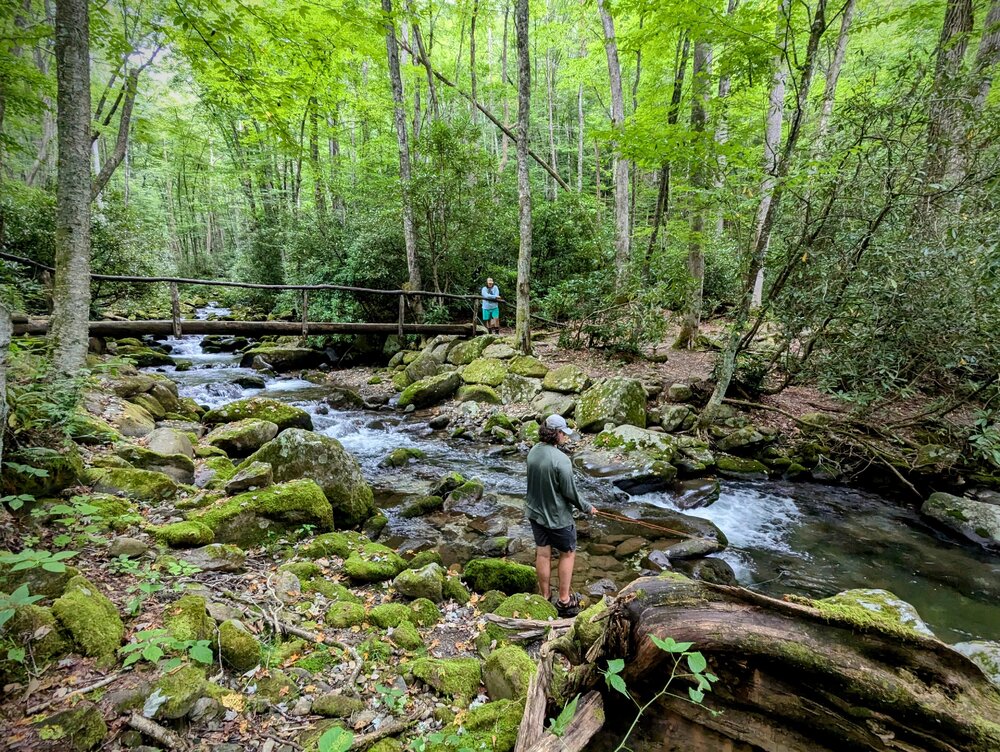
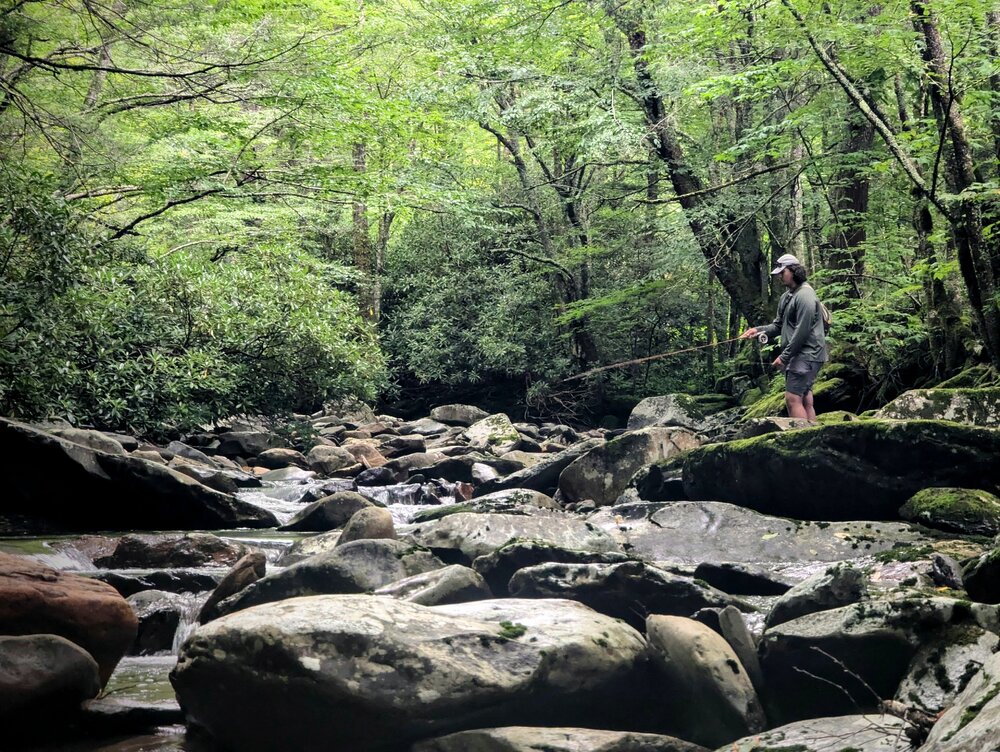
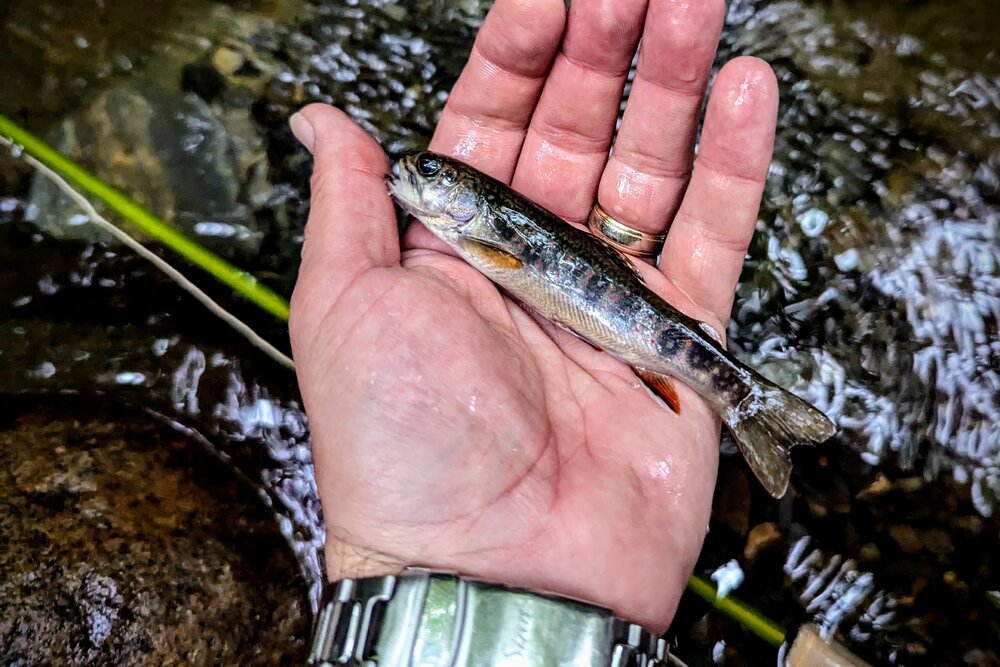
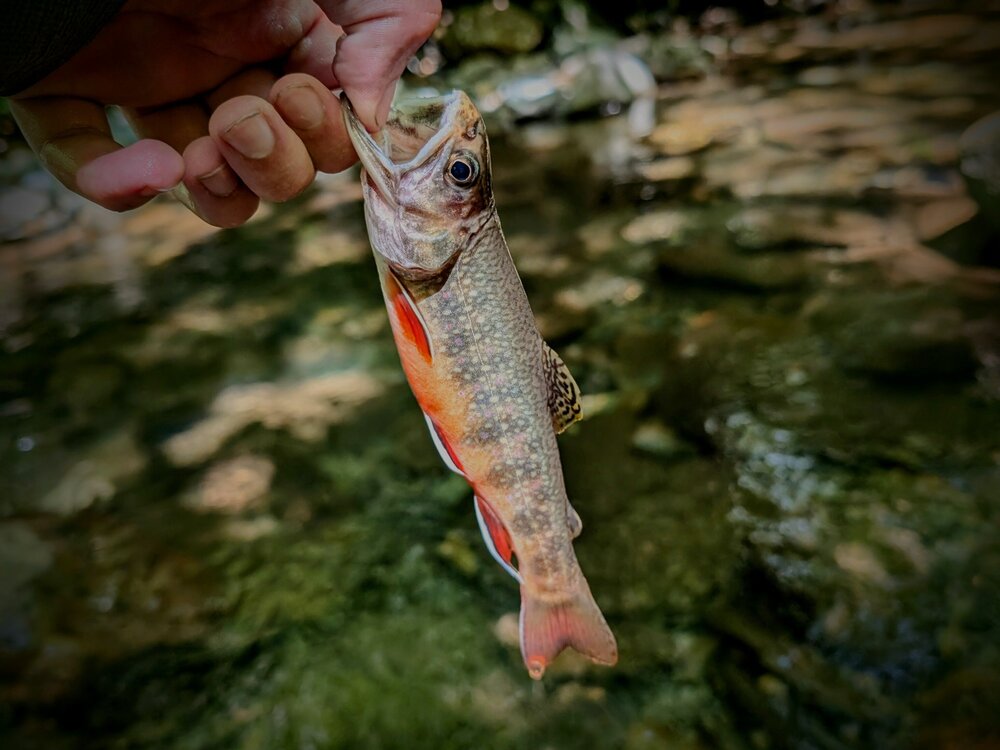
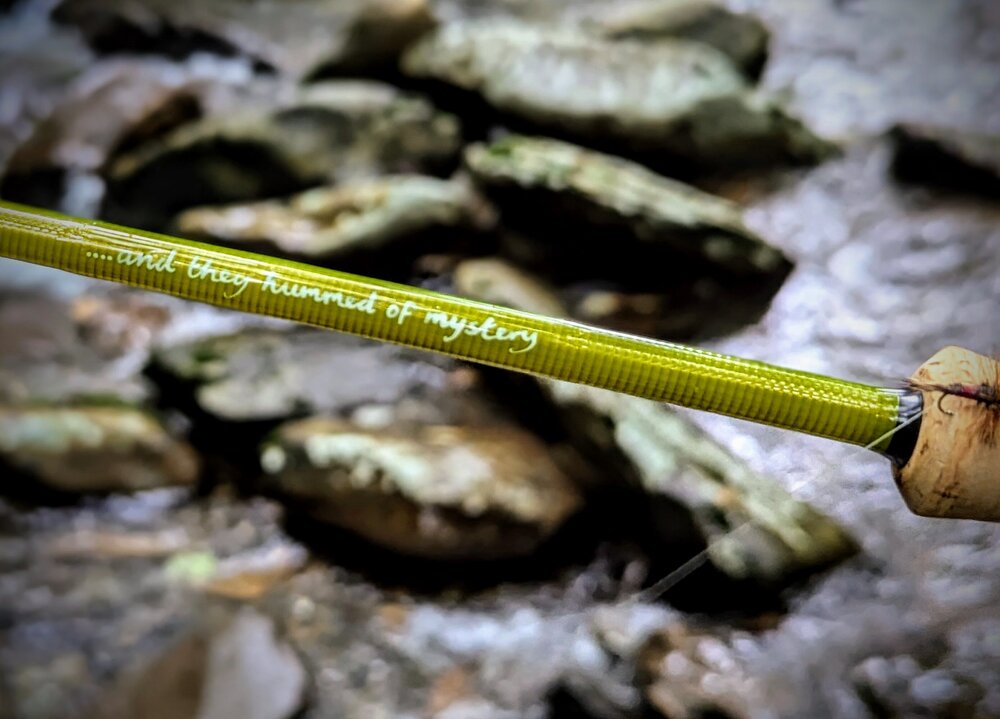
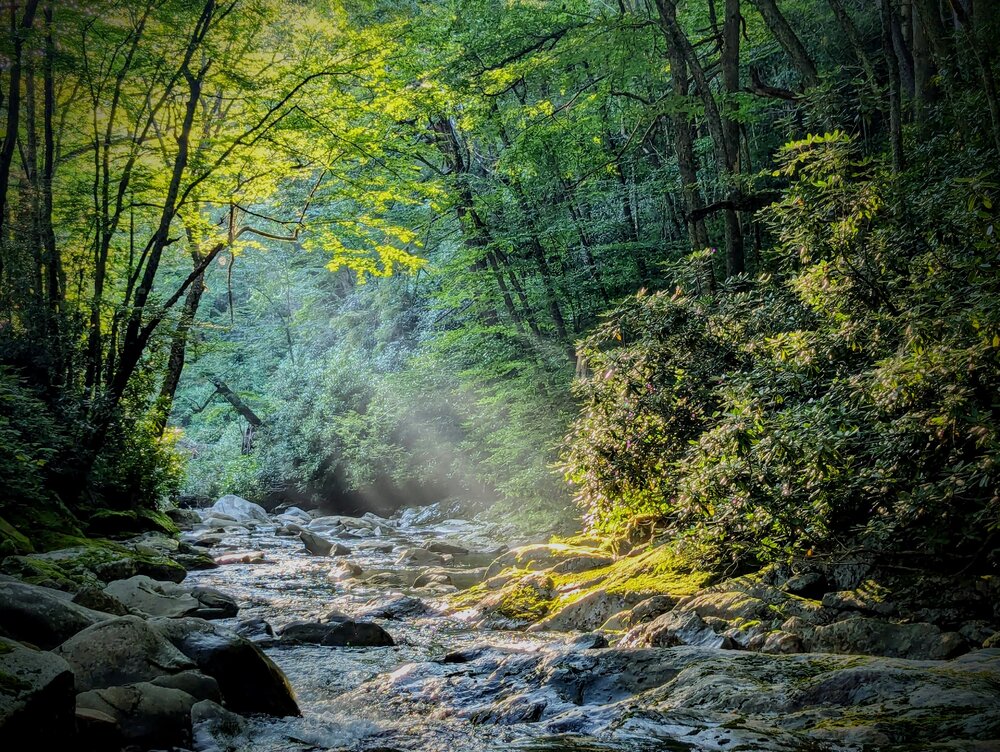
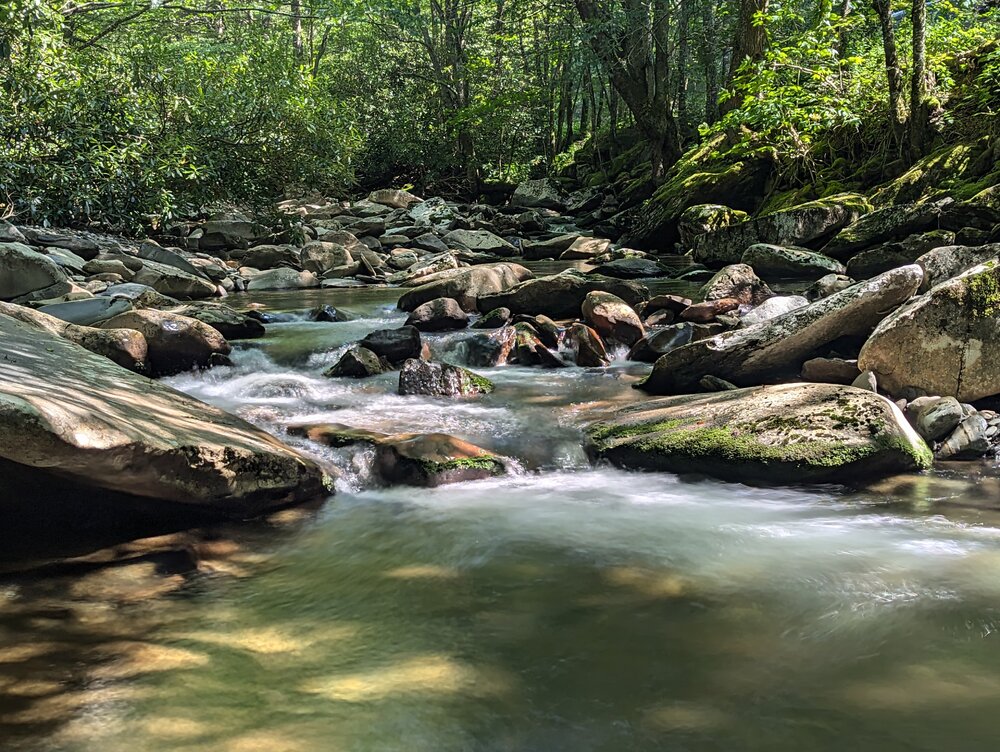
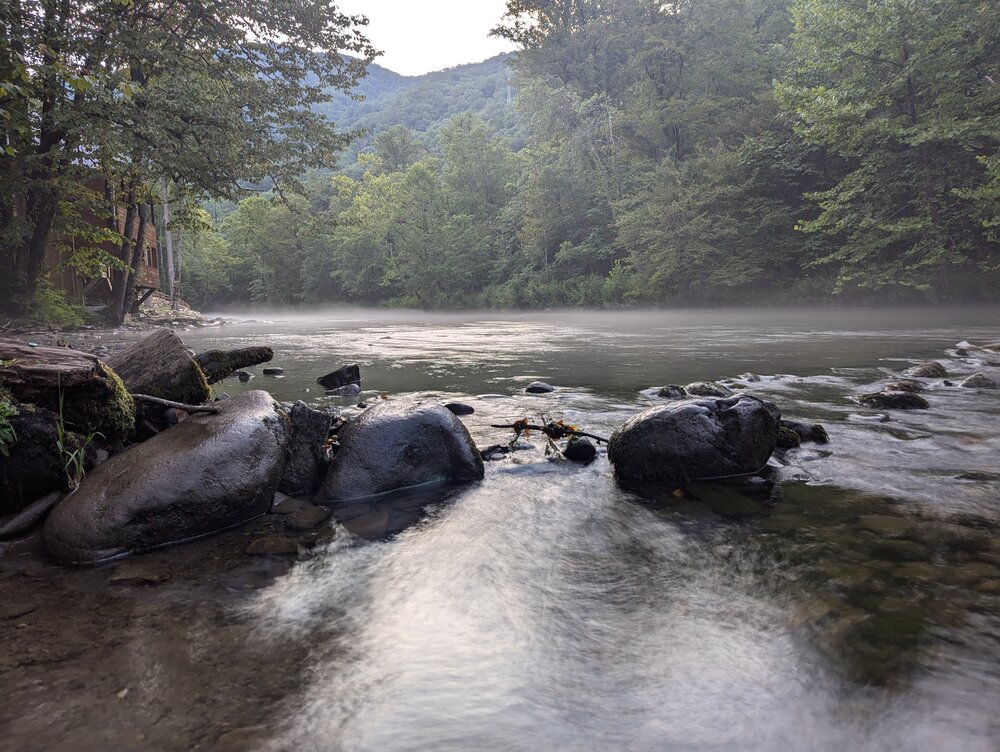
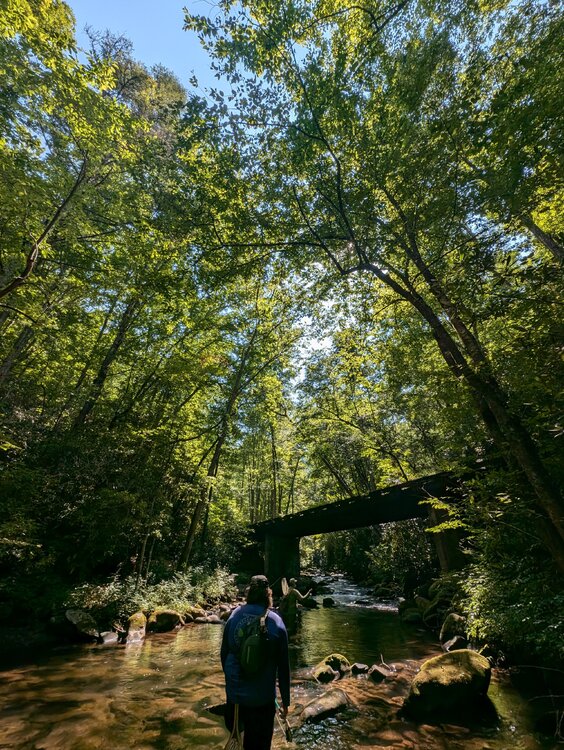
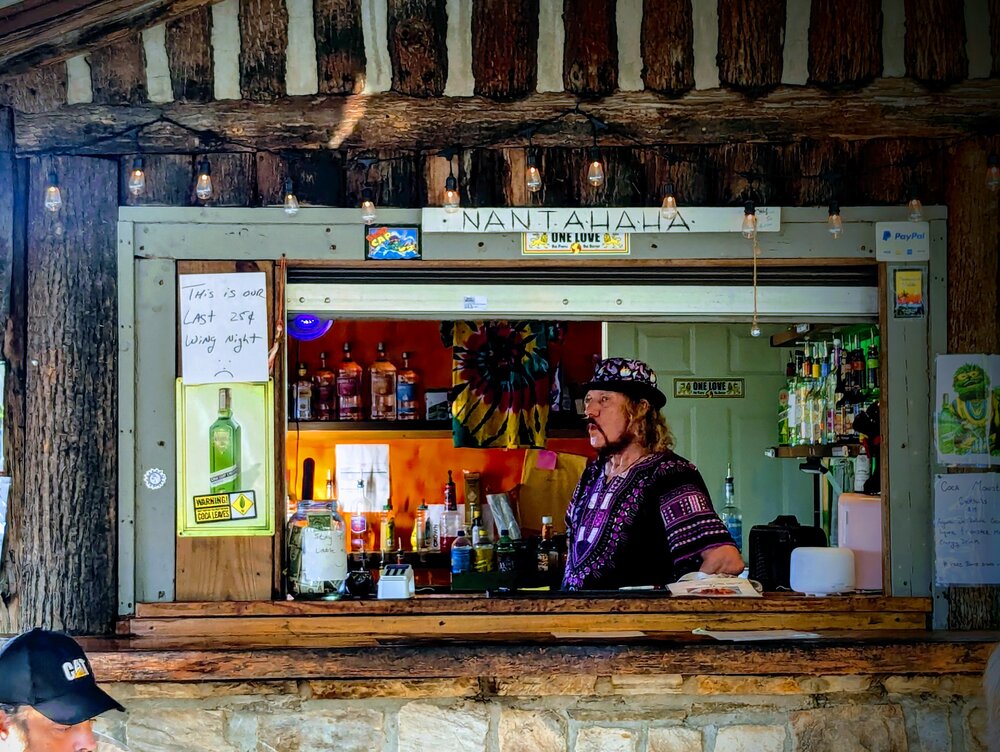
Sod farm messed up my baseball fields
in Can You Help Me With This?
Posted
Select/tournament teams?
Just tell him you're putting up a giant QR code at the field so all the daddyball parents can post Google reviews of his turf business.